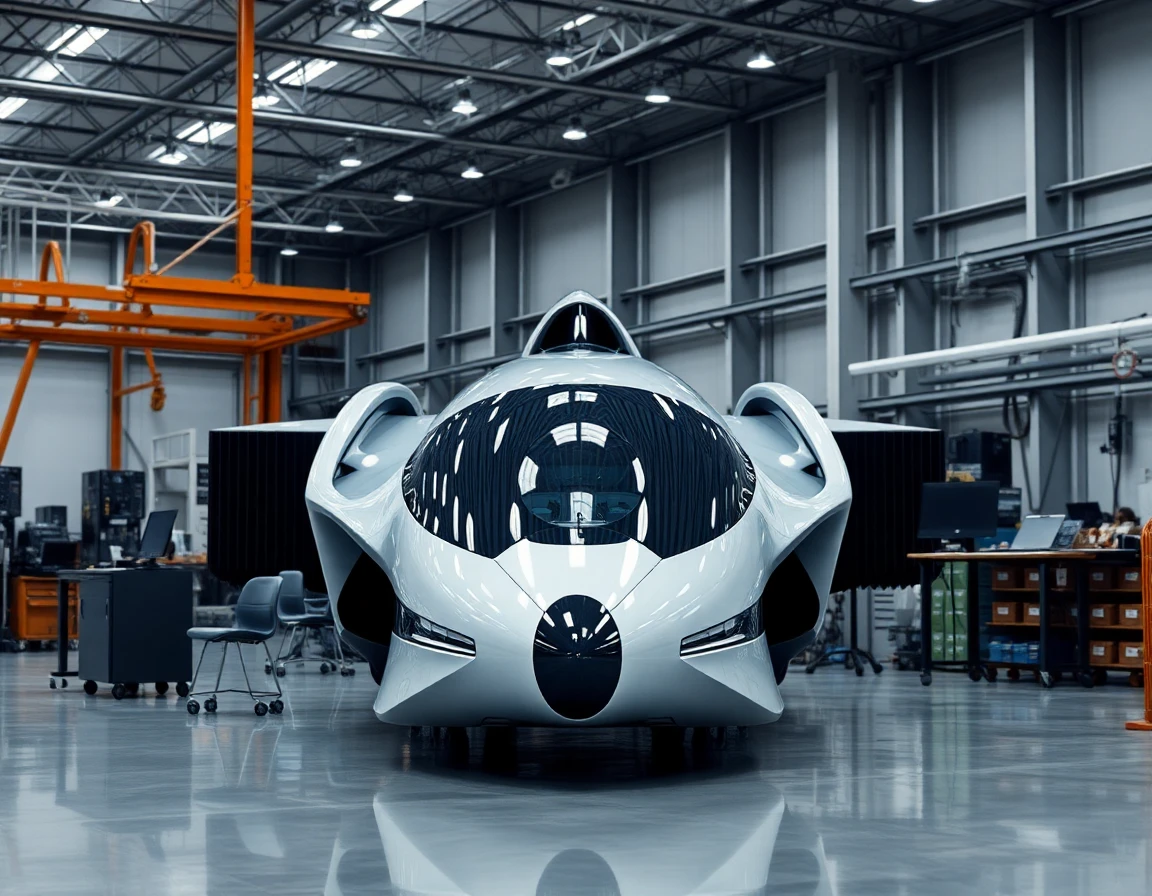Recent advancements in hypersonic technology are reshaping the landscape of aerospace and defense, primarily driven by significant investments and development initiatives from both the United States and Russia. As nations seek to enhance their military capabilities, hypersonic weapons—characterized by speeds exceeding Mach 5—are being prioritized for their potential to penetrate advanced missile defense systems.
U.S. Navy’s Conventional Prompt Strike Program
The U.S. Navy is making notable strides in hypersonic weapon development through its Conventional Prompt Strike (CPS) program. Recently, Lockheed Martin received a substantial $132.6 million contract modification aimed at bolstering the CPS initiative. This program focuses on engineering, development, and testing of a hypersonic boost-glide missile designed for rapid, precision long-range strikes against enemy defenses.
The CPS missile is engineered to operate at hypersonic speeds, utilizing a unique boost-glide technology that enhances its range and accuracy. This missile system is expected to integrate advanced components including precision accelerometers and quartz MEMS gyroscopes for superior navigation and targeting accuracy. The collaborative efforts between the U.S. Navy and Lockheed Martin signify a robust commitment to achieving operational readiness by the end of 2025.
In addition to the recent contract, Lockheed Martin has secured previous modifications totaling over $850 million in the last three years, underscoring the strategic importance of hypersonic capabilities in U.S. defense planning. According to a Lockheed Martin spokesperson, “The CPS program is crucial for maintaining our competitive edge in a rapidly evolving global threat environment.”
Russia’s Advancements in Hypersonic Missile Technology
On the other side of the spectrum, Russia continues to enhance its hypersonic capabilities, exemplified by the recent live-fire tests of the Zircon hypersonic cruise missile. During military exercises, Russian forces successfully launched the Zircon missile, confirming its operational readiness. This missile is designed to travel at speeds up to Mach 8, making it a formidable asset for penetrating existing missile defense systems.
The Zircon’s design incorporates advanced maneuverability and speed, allowing it to evade interceptors effectively. The operational deployment of such technologies highlights Russia’s commitment to advancing its military capabilities in the hypersonic domain, as stated by a defense analyst: “The successful tests of the Zircon demonstrate not only technological prowess but also a strategic shift in how Russia plans to engage adversaries.”
The Competitive Landscape of Hypersonic Technology
The rapid evolution of hypersonic technology has intensified competition between global powers. Both the U.S. and Russia are investing heavily in research and development, with hypersonic missiles seen as vital for future warfare. The ability to strike quickly and accurately from long distances without warning is a game-changer in military strategy.
Key Features of Hypersonic Weapons
- Speed and Maneuverability: Hypersonic weapons can travel at speeds exceeding Mach 5 and are capable of agile maneuvers, making them difficult to track and intercept.
- Precision Targeting: Integration of advanced navigation systems, such as the Advanced Sensor Module with exceptional stability, ensures precise targeting even at extreme speeds.
- Enhanced Survivability: The ability to evade current missile defense systems makes hypersonic weapons a priority for military planners.
Experts predict that hypersonic technology will not only alter military tactics but also spur advancements in adjacent fields, such as aerospace engineering and materials science. Technologies like the YWJ01JG050 System, which offers ultra-high precision for measuring angles, will become increasingly relevant in developing the next generation of hypersonic vehicles.
Conclusion
As the U.S. and Russia push the boundaries of hypersonic technology, the implications for global security are profound. With sustained investments and operational testing, hypersonic weapons are poised to redefine military engagement strategies. The ongoing developments suggest a future where speed, precision, and the ability to overcome complex defense systems will dominate the battlefield landscape. As nations race to harness these capabilities, the competitive dynamics of aerospace and defense are entering a new era, with hypersonic technology at the forefront of this transformation.
References
-
Military Drills See Russia Unveil Hypersonic Missiles, Heavy Bombers (moderndiplomacy.eu) - 9/14/2025 Russia announced on Sunday that it launched a Zircon hypersonic cruise missile at a target in the Barents Sea during military exercises with …
-
Lockheed Gets Navy Hypersonic Missile Contract Modification (www.govconwire.com) - 9/8/2025 Lockheed Awarded $133M Navy Contract Modification for Hypersonic Missile Development. Jane Edwards. September 8, 2025. Contract Awards …



